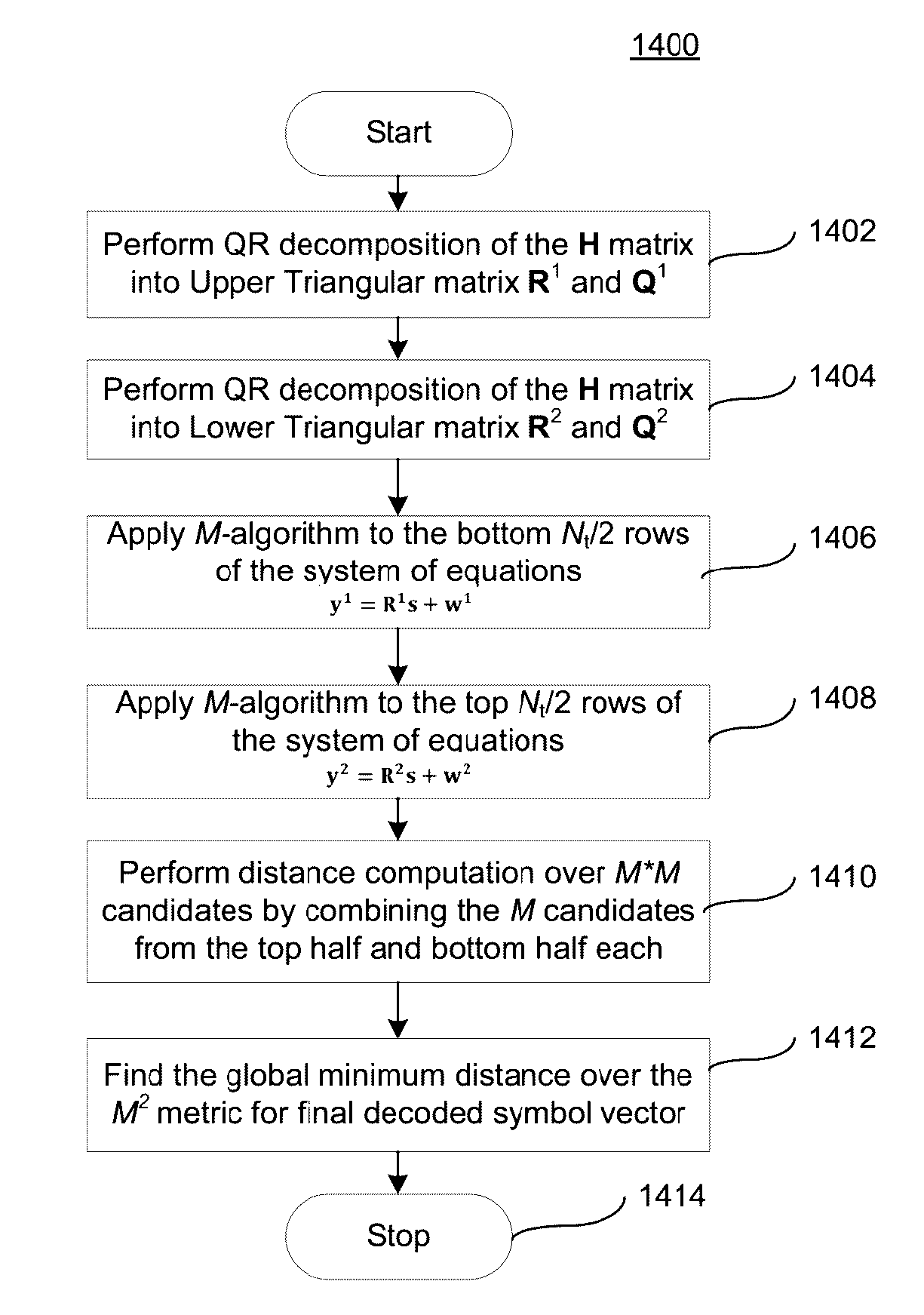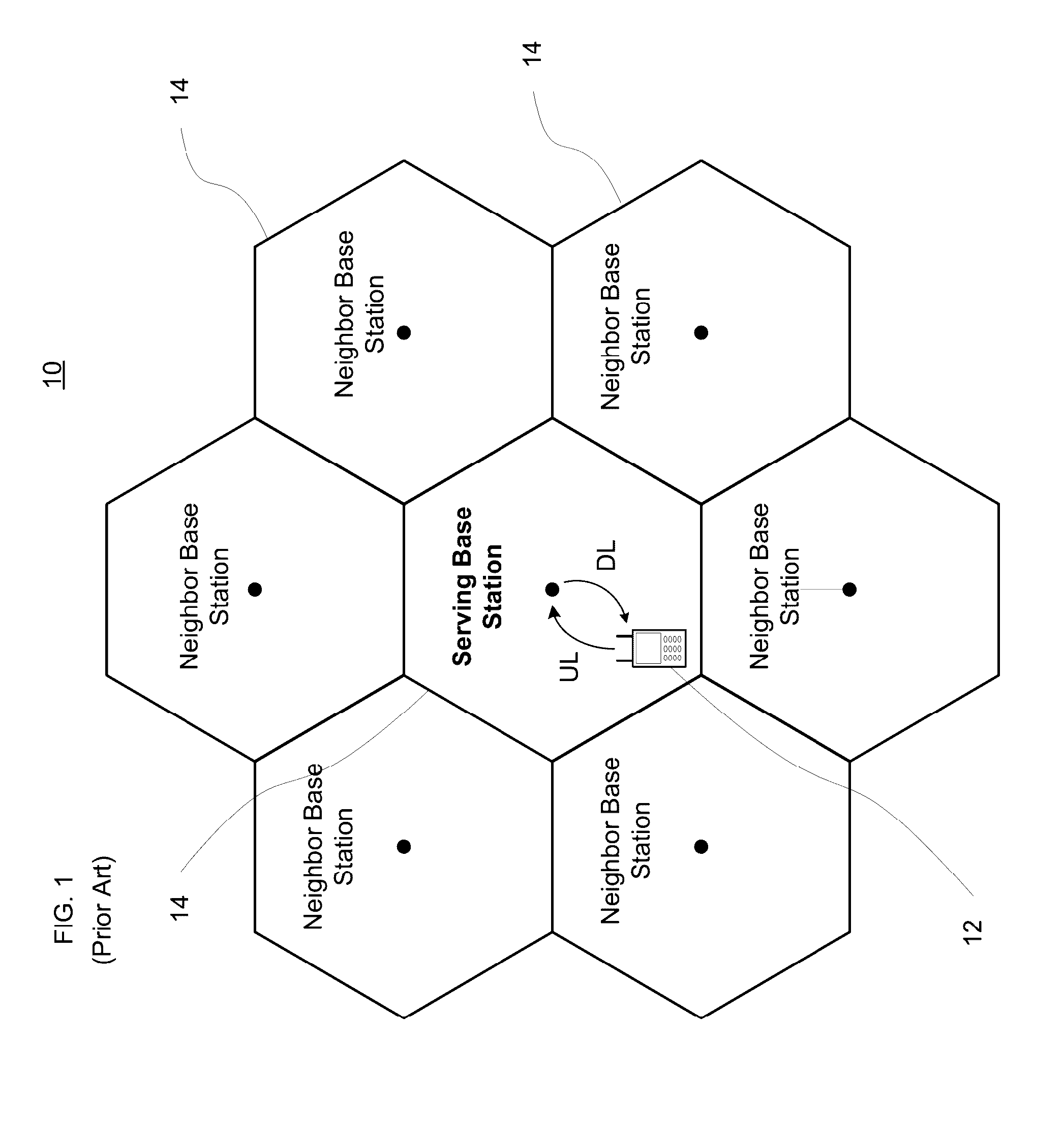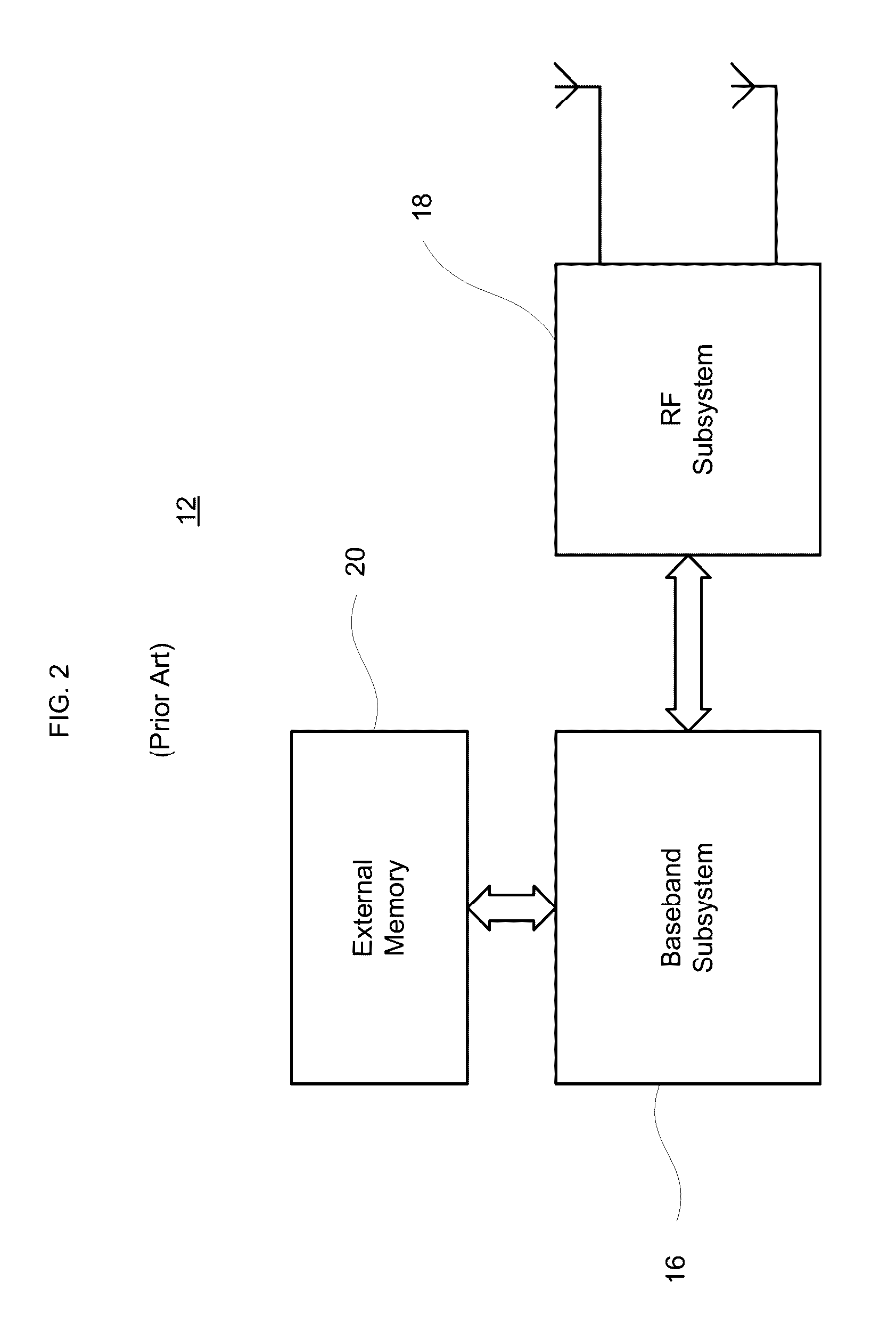Dual QR decomposition decoder for spatially multiplexed MIMO signals
a decomposition decoder and spatial multiplexing technology, applied in diversity/multi-antenna systems, wireless communication, wireless commuication services, etc., can solve the problems of high complexity of decoding spatial multiplexed signals using optimal maximum likelihood (ml) algorithm, sequential m-algorithm process, and often limited processing capability of receivers, so as to increase the data rate of communication system, increase the performance and data rate of system, and increase the effect of optimal maximum likelihood
- Summary
- Abstract
- Description
- Claims
- Application Information
AI Technical Summary
Benefits of technology
Problems solved by technology
Method used
Image
Examples
Embodiment Construction
[0058]The present invention describes a method and apparatus of a QRD-M SM decoder that has reduced complexity and reduced latency when compared to that of the conventional QRD-M SM decoder. To describe the invention, the conventional QRD-M SM decoder is briefly described next.
[0059]The conventional QRD-M SM decoder consists of two main processing blocks as shown in FIG. 10. The first main processing block is the QR decomposition and matrix multiplication and the second main processing block is the M-algorithm.
[0060]The QR decomposition block decomposes the channel matrix H into a right triangular matrix R and a unitary matrix Q using the QR matrix decomposition method. Specifically,
H=QR (10)
[0061]Since R is a right triangular matrix, all its elements below the main diagonal are zero. A property of a unitary matrix is that its inverse can be obtained by its Hermitian transpose. Specifically,
Q−1=QH (11)
Therefore,
QHQ=I (12)
where I is an identity matrix. The Hermitian transpose of a...
PUM
 Login to View More
Login to View More Abstract
Description
Claims
Application Information
 Login to View More
Login to View More - R&D
- Intellectual Property
- Life Sciences
- Materials
- Tech Scout
- Unparalleled Data Quality
- Higher Quality Content
- 60% Fewer Hallucinations
Browse by: Latest US Patents, China's latest patents, Technical Efficacy Thesaurus, Application Domain, Technology Topic, Popular Technical Reports.
© 2025 PatSnap. All rights reserved.Legal|Privacy policy|Modern Slavery Act Transparency Statement|Sitemap|About US| Contact US: help@patsnap.com



